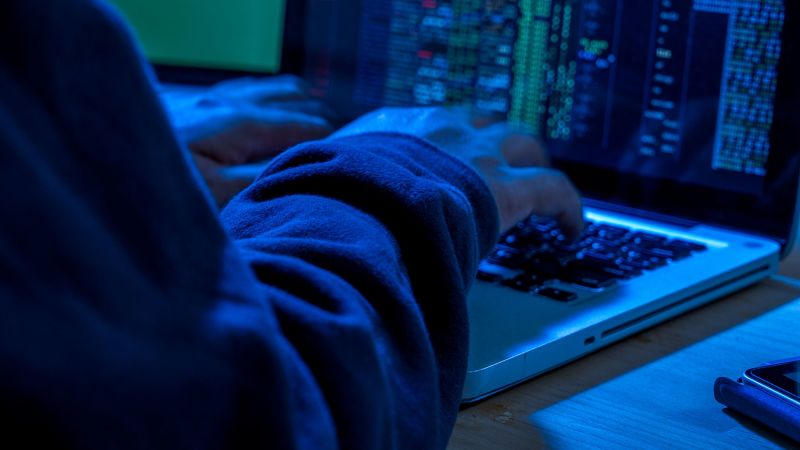In a significant development within the realm of cybersecurity, US and European authorities made a groundbreaking announcement on Wednesday, detailing their efforts in dismantling a notorious hacking tool known as “Lumma.” This tool has been a instrumental asset for a vast number of cybercriminals, who have engaged in ransomware attacks, bank thefts, and a variety of other digital crimes. The implications of this crackdown are immense, reflecting an invigorated commitment to bolster cyber defenses around the world.
The US Department of Justice played a crucial role in this operation by seizing the computer systems that hackers utilized to access Lumma. In coordination with these efforts, Microsoft executed a court order enabling the seizure or taking offline of approximately 2,300 web domains linked to the activities of these cybercriminals. This synchronization of effort between law enforcement and tech giants is an exemplary model of how collaborative action can disrupt organized cybercrime.
The impact of this action cannot be overstated. In just the past two months, Lumma has reportedly affected around 394,000 computers globally, showcasing the expansive reach of this cybercriminal enterprise. Brett Leatherman, who serves as the deputy assistant director for cyber operations at the FBI, indicated that the ramifications of these attacks have been particularly severe, as hackers exploited Lumma to target multiple sectors, including airlines, universities, banks, hospitals, and US state governments. Alarmingly, Fortune 500 companies were among those ensnared in this web of cybercriminal activity. In 2023 alone, these attacks have led to credit card losses totaling a staggering $36.5 million.
However, the operation has encountered some complexity, particularly with the emergence of Russian sovereignty in the context of cybercrime. A significant challenge arises from the fact that the primary software developer of Lumma operates from Russia. Analysts from Microsoft have pointed out that this individual advertises different tiers of access to the Lumma software through platforms like Telegram and various Russian-language forums, with prices ranging from $250 to $1,000. This dynamic complicates efforts to bring the perpetrator to justice, as past attempts to charge Russian hackers for their cyber offenses often meet resistance, particularly with Russian diplomats advocating against their extradition to the United States.
During a press briefing, Leatherman was asked whether the FBI believes the lead developer of Lumma remains within Russia and whether the US government has communicated any pertinent information regarding this individual to Russian authorities. However, Leatherman chose not to comment on these aspects, leaving much to speculation. Nonetheless, his remarks underscored an interesting perspective on justice. He articulated the FBI’s victim-centric approach which, even if it does not lead to charging specific individuals, focuses on disrupting the underlying ecosystem of cybercrime in a way that ultimately provides relief to those victimized.
The broader investigation into Lumma encompasses collaborative efforts from Europol, other American and European tech firms, and even a Japanese organization. This strategic partnership signifies a move towards a comprehensive, international approach in combating cybercrime that leverages the extensive touchpoints software companies possess within the global marketplace.
Leatherman expressed hope that the ongoing law enforcement activities against Lumma would ultimately fracture the trust within the ecosystem that supports such illegal acts. This sentiment aligns with the prevailing commitment among law enforcement agencies to pursue innovative strategies that make impactful progress against the evolving landscape of cyber threats. Through these coordinated actions, authorities are emphasizing not only the need for deterrence and enforcement but also a broader strategy that instills confidence in victimized sectors and reinforces safeguards against future occurrences.
This landmark effort signifies a proactive stance in addressing cyber threats, offering a glimpse of the collaborative efforts necessary to confront the increasingly sophisticated and interconnected landscape of cybercrime.



